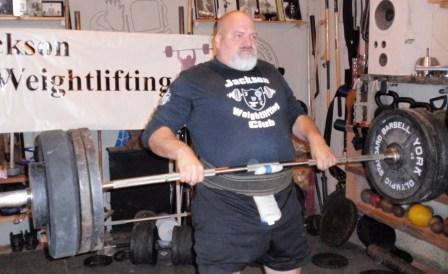Continental to Chest: It’s not a Clean!
by Thom Van Vleck
The Continental to Chest (Fulton bar) will be contested at the 2011 USAWA Nationals hosted by the Jackson Weightlifting Club. Let’s get familiar with the rules:
A23. Continental to Chest
We wanted to have one Fulton bar (or thick bar) lift and the Continental to Chest happens to be it.
In the past, this lift has often been referred to as the “Continental Clean”. This was a pet peeve of former USAWA secretary Bill Clark. He would point out that the “Clean” refers to lifting the bar “cleanly” from the floor to the chest. So, saying “Continental Clean” is an oxymoron……kind of like “near miss” or “alone together”. Everyone knows what you mean but it really doesn’t make sense!
There’s a deeper story on how the Continental got it’s name. In the early days of lifting, the British were often in competition with the French and German lifters (or Continental Europe, which did not include the British Isles). The British took pride in how strictly they would lift the bar “cleanly” to the chest and would make fun of how the French and German would bounce the bar up anyway they could and the would refer to that method as the “Continental Style” in a negative fashion. Later, the British were instrumental in the early lifting rules and the continental style was phased out and the clean style was accepted for major lifting competitions. But the USAWA keeps the style alive and well!
So study the rules and get ready for some Continental action!
